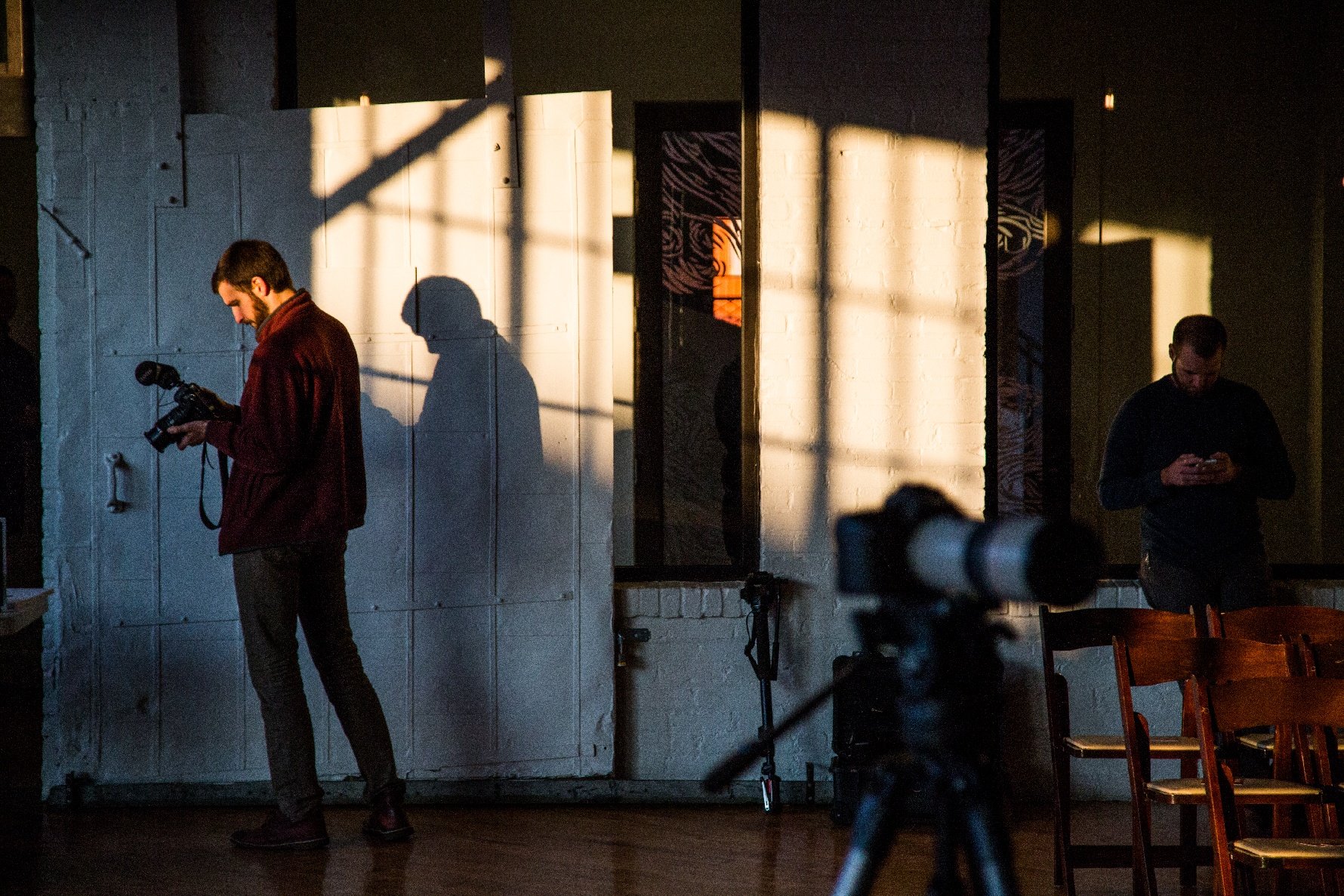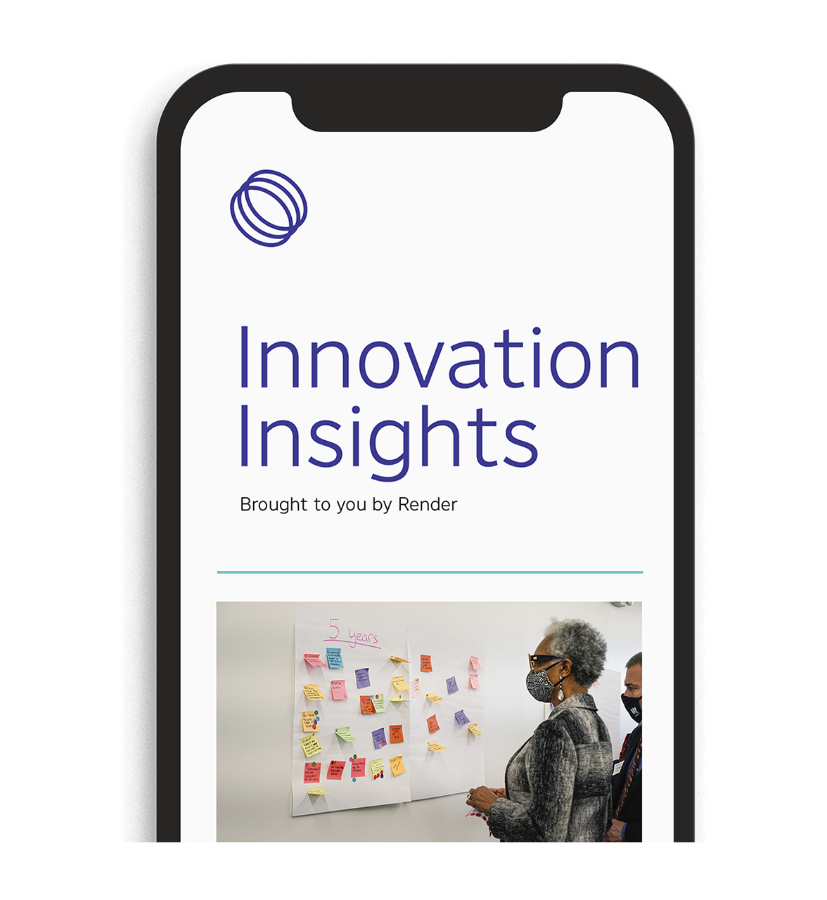Storytelling can move, mobilize, and motivate people toward change and action, but it’s sometimes difficult to craft the right story in the right format to achieve maximum impact. The reality is you’ve already done the hard part: you and your team have accomplished your goals and created value for your community. Whether you’ve launched a new product, forged a critical partnership, or led a campaign for change, you are proud of the work you do every day. You are making an impact in the world and you have the numbers and figures to back it up, but without a compelling story wrapped around them, these cold hard data points can fail to inspire your audience.
It's not who has the best idea, or the right answer. Just whoever tells a story that catches people’s attention and gets them to nod their heads.
Facts are indisputable, but as Morgan Housel argues, “[it’s] not who has the best idea, or the right answer. Just whoever tells a story that catches people’s attention and gets them to nod their heads.” This is even more important, he explains, if your message is nuanced. “When a topic is complex, stories are like leverage. Leverage is just something that squeezes the full potential out of something with less effort.”
Using this leverage does not mean making up stories or bending the truth is required to make people move to the edges of their seats: the truth is that audiences are smart, and inauthenticity stinks. But good news! The best stories are true. In his book, All Marketers are Liars, marketing guru Seth Godin says, “a great story is true. Not true because it’s factual, but true because it’s consistent and authentic.”
At Render, we prioritize storytelling because it can capture the impact of the parts of our work that are sometimes difficult to quantify with data alone. No matter how amazing your work is, you will fail to maximize its value if no one knows your story.
Here are three things to keep in mind as you start telling your organization’s story:
Focus On People
We are drawn to human-centered stories because we can empathize with the characters. Statistics about the prevalence of heart disease in women are informative and critical to understanding the impact of the work of a healthcare advocacy group, for example, but a personal story from a woman who struggled to access the care she needed brings those statistics to life: that woman could be your mother, sister, or neighbor, and now you want to know how you can help. Developing empathy for the main subject in your story makes your audience feel invested, and hopefully leads to the action you want to create.
One example of how we used personal, human-centered stories to convey our message was with the Know Homelessness campaign. In this campaign, we worked with creative partners to produce a series of videos that documented the experiences of individuals who had experienced homelessness. Instead of focusing solely on the numbers of the issue, which can sometimes lack human connection, we worked to create empathy within the audience that we hope will lead to action.
Quality Over Quantity
You’ve got a lot to say, but resist the urge to try to pump out as much content as quickly as possible. Good stories take time to tell, so take the time to do it right. This is where making storytelling an organizational priority can pay off. If storytelling is ingrained into the workflows and responsibilities of every employee, not just the marketing person, you’ll create stories that better capture the human impact of your work.
If quality storytelling is a priority, you’ll need to invest in good tools. You don’t have to blow up your organization’s budget, but it is unrealistic to expect high returns on your storytelling efforts without them. Some of the things that we find invaluable for our storytelling efforts are digital cameras, the Adobe Creative Suite, Buffer, and YouTube. What is the next step your team can take to step up the storytelling game? Is it investing in a nicer digital camera that can shoot high-quality video? Is it investing in new computer software? Maybe it’s a new hire. Every organization’s needs are different, but you won’t regret taking steps toward creating better quality stories.
Make It Visual
Our world is increasingly driven by visual media, and your storytelling should be as well. At Render, we use photo and video narratives to tell the stories of our partners and clients. From short-form documentary-style videos to photo-driven, question-and-answer blog posts, to fireside chat-style educational videos, we are constantly iterating to find the format that best tells the story. Developing visual content that depicts the impact of your organization helps your audience develop empathy and feel more passionate about your message. It might go without saying, but this idea is key in social media. Our social posts that are accompanied by photos or videos outperform our non-visual content by a mile.
No matter where you or your organization are in your storytelling journey, take the next step to level up. Identify the people who are impacted most by your work and the stories that best capture that impact, and make a budget to tell those stories the best way you can. Start by capturing photos and videos with the equipment you have now and work towards making that new hire or purchasing that better equipment when the time comes. An engaged and energized audience connects to your mission, supports your organization, and joins you in creating more impact for the world–it’s worth it.






